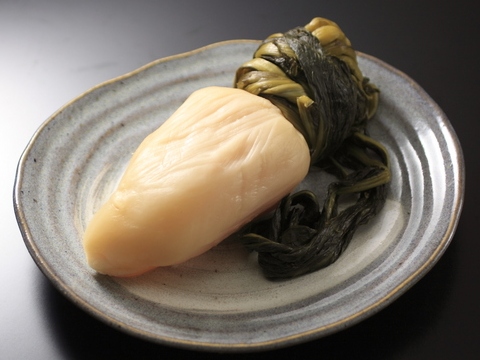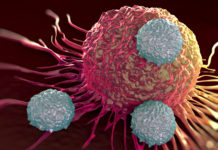Scientists have discovered that bacteria found in a traditional Japanese pickle can prevent flu. Could this be the next superfood? The research, which assesses the immune-boosting powers of Lactobacillus brevis from Suguki — a pickled turnip, popular in Japan — in mice that have been exposed to a flu virus, is published in the journal, Letters in Applied Microbiology.
Lead researcher, Ms Naoko Waki of Kagome Co., Ltd. in Japan said: “Our results show that when a particular strain of Lactobacillus brevis is eaten by mice, it has protective effects against influenza virus infection.”
Suguki enthusiasts have often cited its protective powers but it is not known yet whether the same effects will be seen in humans. Human clinical trials using a probiotic drink containing Lactobacillus brevis KB290 bacteria are underway and scientists are hopeful that, given a suitable quantity of bacteria, foods containing them may turn out to be the next superfood.
What it is about the bacteria that gives them this amazing property is not known, but it is remarkably tolerant to stomach juices, which are too acidic for many bacteria. This is largely due to a protective layer of sugars called exopolysaccharides.
“We know that exopolysaccharides have immune boosting effects in other similar bacteria, so we wonder if the exopolysaccharides of KB290 are responsible for the effects we see,” said Ms Waki. Further studies will be undertaken to investigate this.
The effect of the bacteria is to increase the production of immune system molecules in the body — IFN-α and flu-specific antibodies and to enhance activity to eradicate virus infected cells. In this study these effects were sufficient to prevent infection by the H1N1 flu and the scientists think that there could also be protection against other viral infections, including the deadly H7N9 flu, which has recently emerged in China.
Source: N. Waki, N. Yajima, H. Suganuma, B.M. Buddle, D. Luo, A. Heiser, T. Zheng. Oral administration ofLactobacillus brevisKB290 to mice alleviates clinical symptoms following influenza virus infection. Letters in Applied Microbiology, 2013; DOI: 10.1111/lam.12160















